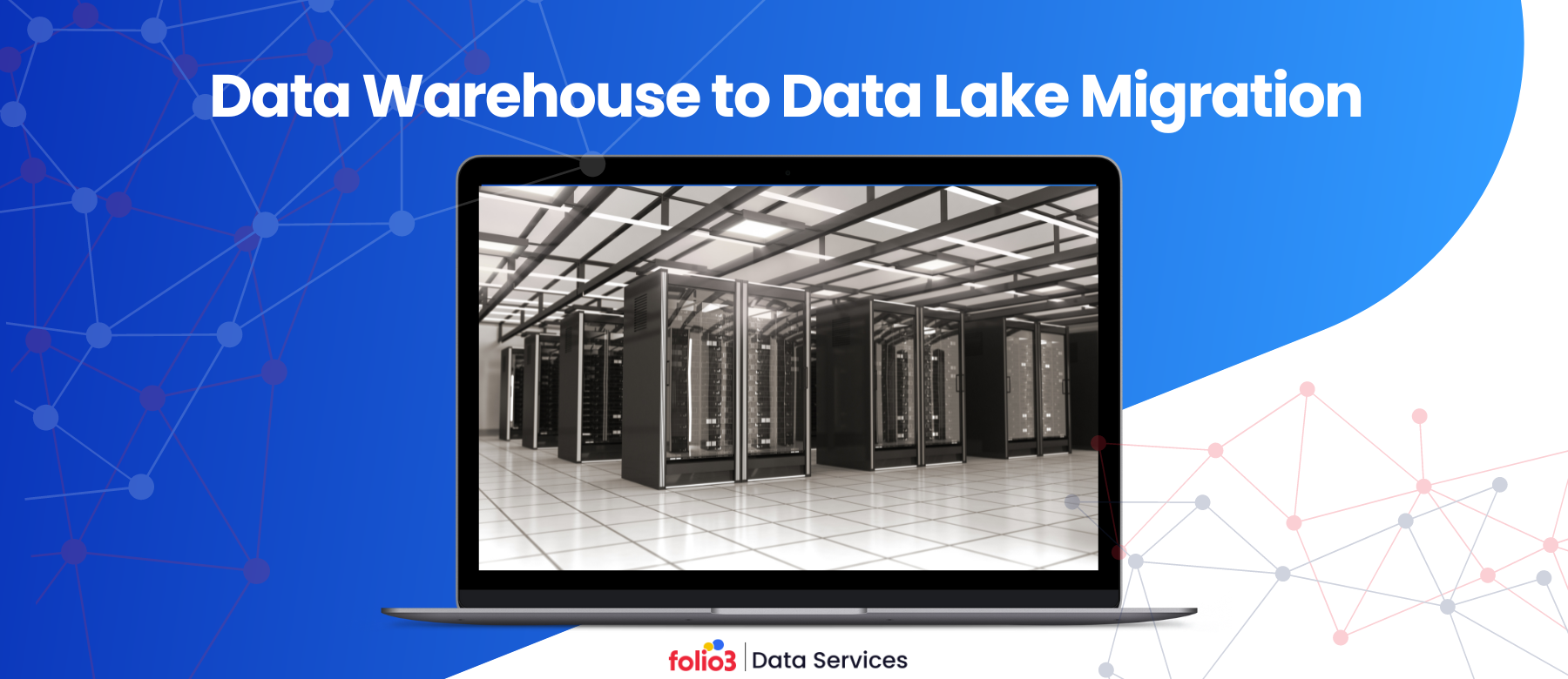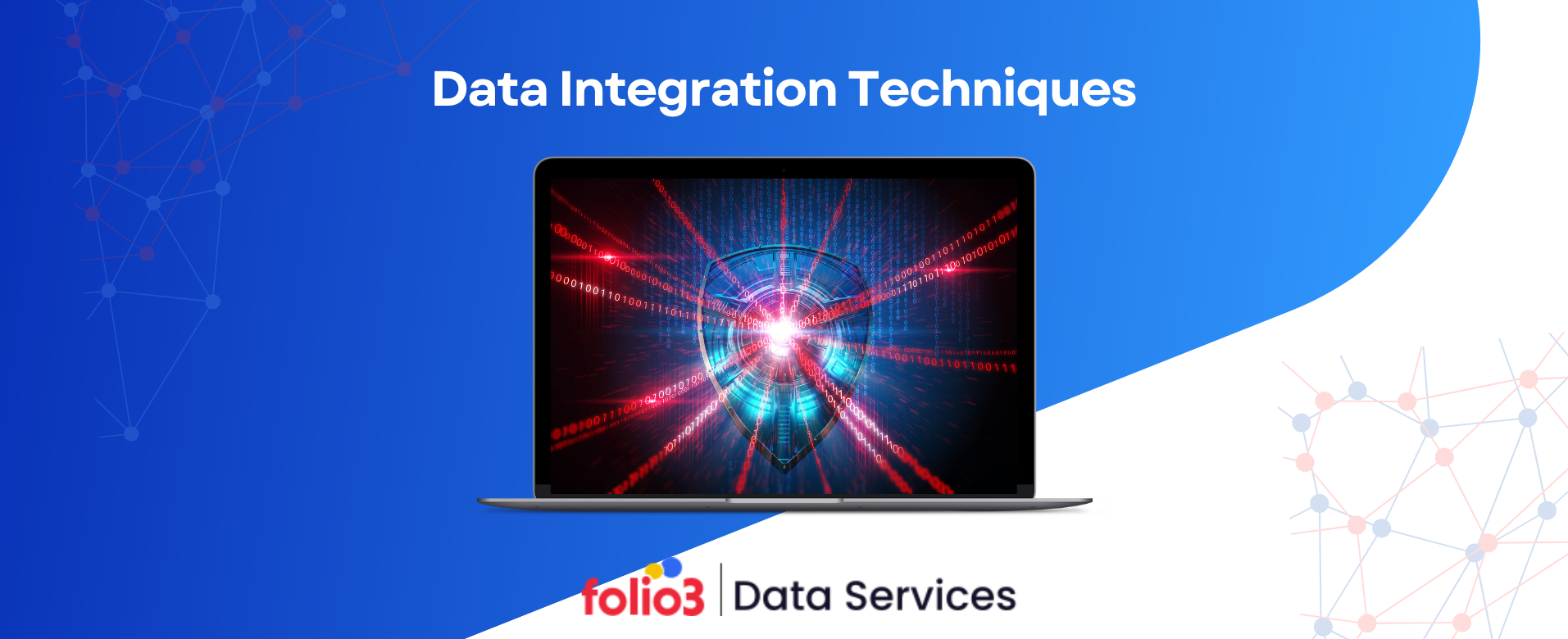Imagine your business as a ship navigating through a sea of data, from customer transactions and website interactions to social media sentiment and market trends. But like a ship without a compass, data alone isn’t enough to steer you in the right direction.
This is where a data analytics strategy comes in, serving as your guiding compass in the vast ocean of data. The true power lies in using this information to gain actionable insights, optimize operations, and make strategic decisions.
Data analytics is the art and science of extracting meaningful knowledge from data. It’s about transforming raw information into a powerful tool for understanding your business, customers, and market landscape.
Companies implementing a well-defined data analytics strategy can unlock benefits, including improved decision-making, operational efficiency, and competitive advantage. Thus, they gain a crucial edge in today’s competitive environment.
Let’s explore how a data analytics strategy empowers you to make informed decisions, identify hidden opportunities, and ultimately navigate your business toward success.
In this blog we discuss the steps, data analytics strategies and roadmap:
- 6 Steps to Create a Data Analytics Strategy
- Data Analytics Strategies for Revenue Optimization
- Data Analytics Roadmap
- Benefits of Having a Data Analytics Strategy
What is Data Analytics Strategy?
A Data Analytics Strategy is a structured plan that guides an organization in collecting, managing, analyzing, and using data to achieve specific business objectives and drive informed decision-making.
Importance of Data Analytics Strategy
Data, in its raw form, is a vast and untapped resource. It can revolutionize decision-making, optimize operations, and unlock hidden growth opportunities. But with expert guidance from data strategy consulting and a solid roadmap to navigate this vast landscape, businesses can avoid getting lost in a sea of information.
This is where a well-defined business analytics strategy becomes the essential compass, guiding organizations toward data-driven success. A data analytics strategy is not a luxury but necessary in today’s data-driven world.
Here are some of the key risks you’ll encounter if you neglect the importance of data and analytics strategy:
- Missed Opportunities: Valuable insights hidden within your data could be the key to unlocking new growth avenues, cost-saving measures, or a competitive edge. With a strategy, these opportunities may be noticed.
- Resource Misallocation: Investing in data initiatives without a clear roadmap is like throwing spaghetti at the wall and hoping it sticks. You might pour resources into projects that don’t align with your overall business goals, neglecting high-impact initiatives.
- Suboptimal Decisions: Intuition and guesswork are different for data-driven insights. With a strategy, decisions may be based on complete information, leading to better outcomes and a missed chance to leverage the power of data.
- Inconsistent Data Quality: Data is only as valuable as its quality. With a plan for data analysis strategy, your data may be unstable, leading to reliable analyses.
- Data Silos and Inaccessibility: Imagine your data scattered across different departments and systems, locked away in isolated silos. This makes accessing and analyzing data holistically difficult, hindering valuable insights.
- Misleading Insights: A lack of direction can lead to complete or accurate data analyses. These misleading insights can steer your organization in the wrong direction and hinder informed decision-making.
- Falling Behind the Competition: In today’s data-driven landscape, companies leveraging data gain a significant competitive edge. Without developing a data analytics strategy, you can stay caught up with competitors actively using data to their advantage.
- A Stifled Data Culture: The absence of a strategy can prevent the development of a data-driven culture within your organization. This means employees may need to see the value of data as a strategic asset, hindering its full potential.
- Missed Technological Advancements: The field of data analytics is constantly evolving. With a roadmap, you can keep up with the latest innovations and see their benefits.
If scaling your data infrastructure is becoming a challenge, we ensure effortless scalability for future growth.
Contact us to scale efficiently!
6 Steps to Create a Data Analytics Strategy
Here’s a step-by-step guide to craft yours:
1. Align Your Objectives
Stay calm in the data itself. Start by defining your business goals. What do you want to achieve? Is it reaching new customers, improving customer satisfaction, or streamlining internal processes?
Clearly defined objectives will guide your data exploration and ensure the insights you glean are precious. For example, if you aim to increase customer engagement, you’ll likely focus on analyzing customer behavior data, purchase history, and social media interactions.
This data will help you understand customer preferences and pain points, enabling you to develop targeted marketing campaigns and improve the customer experience.
2. Assess Your Data Needs
With your objectives locked in, it’s time to understand what data you need to achieve them. This involves identifying the data sources, formats, and metrics fueling your analysis.
- Data Sources
Internal databases, customer relationship management (CRM) systems, website analytics, and social media platforms are just a few examples. Assess the reliability and accessibility of these sources.
- Data Formats
Text, images, audio, and video are all potential data formats. Choose the formats that best suit your specific needs.
- Compliance Standards
Ensure data collection and use adhere to relevant regulations like GDPR and CCPA.
3. Selecting the Right Tools
Now, you need the right tools and data engineering services to unlock the potential of your data. A well-designed analytics strategy framework outlines the technologies enabling you to leverage your data effectively. Here are some key options to consider:
- Data Warehouses: Centralized repositories for storing and managing historical data from various sources, enabling better business intelligence and accurate analytics.
- ETL (Extract, Transform, Load) Tools: Streamline data extraction from diverse sources, convert it into a standardized format, and load it into a data warehouse.
- Data Integration Middleware: Data Integration Middleware Bridges the gap between applications and disparate systems, enabling real-time data synchronization.
- Big Data Technologies: Designed to handle massive amounts of structured and unstructured data, extracting valuable insights from diverse sources.
- Business Intelligence (BI) Tools: Allow users to explore and analyze data, create impactful visualizations, and generate actionable insights.
- Machine Learning (ML) and Artificial Intelligence (AI): Automate data analysis, detect hidden patterns, and generate accurate customer behavior or business operations forecasts.
- Cloud Computing: Offers easy access to data sets, advanced data processing capabilities, and a wide range of data analytics tools, making integration with Snowflake consulting services a seamless experience.
4. Building Your Data Dream Team
Your team must be capable of overseeing everything from initial data implementation to ongoing analysis, ensuring that insights derived from data align with business goals.
Operational Model
- Decentralized: Decision-making authority and operational responsibilities are distributed across different departments, allowing quick, tailored decisions.
- Centralized: Decision-making is consolidated at a central point, promoting standardization and coordination across the organization.
- Hybrid: This approach combines both strengths, offering the flexibility to choose the most suitable approach based on specific situations.
Team Composition
- Data Engineers: Design, develop, and maintain systems that manage data sets for analysis.
- Data Scientists: Leverage their knowledge of mathematics, statistics, and computer science to collect, clean, and analyze data and develop machine learning algorithms for predictions and insights.
- Data Analysts: Evaluate information, generate reports, and provide actionable insights to inform strategic decisions.
5. Data Governance to Keep Your Data Safe and Secure
Data governance is a crucial component of any robust analytics strategy. It involves creating a structured framework that outlines how data is managed, accessed, and protected within your organization. This ensures that data is not only accurate and reliable but also handled securely and in compliance with relevant regulations such as GDPR, HIPAA, or CCPA.
Effective data governance mitigates risks related to data breaches, unauthorized access, and data loss. It also establishes clear data ownership and accountability, providing consistent data quality and enhancing trust in the data-driven insights your organization relies on.
By implementing how to implement data analytics best practices, you can create a culture of data responsibility and ensure that all data-related activities align with your organizational goals.
6. Charting Your Course for The Data Analytics Roadmap
The final step in building a successful analytics strategy is defining your data analytics strategy roadmap. This roadmap serves as your strategic guide, outlining the steps, timelines, and milestones needed to reach your desired outcomes. It should detail the phases of your analytics journey, from initial data collection and integration to advanced data analysis, reporting, and AI deployment.
Additionally, the roadmap identifies essential resources such as skilled professionals (data scientists, analysts, and engineers), technology infrastructure (big data platforms, cloud services, and tools), and budget allocations.
By establishing a clear data analytics roadmap, your organization can align its goals with tangible actions, ensuring a smooth transition from strategy to execution, while also adapting to emerging trends and technological advancements in data analytics.
Waiting too long for analytics? See how you can accelerate your insights!
Benefits of Having a Data Analytics Strategy
Let’s delve into the key benefits of having a robust data analytics strategy:
1. Informed Decision-Making
Gone are the days of relying solely on gut feeling. A data analytics strategy empowers you to make critical decisions based on concrete evidence.
Businesses can better understand their market landscape and make data-driven choices more likely to yield positive results when they analyze historical data, identify trends, and uncover customer preferences, b
2. Enhanced Performance
Data analytics isn’t just about informing decisions; it’s also a powerful tool for streamlining operations and optimizing processes. By analyzing data on production lines, logistics networks, and employee performance, businesses can identify bottlenecks, inefficiencies, and areas for improvement.
3. A Customer-Centric Approach
In today’s customer-centric marketplace, understanding your target audience is crucial for success. Data analytics is vital in gathering insights into customer behavior, preferences, and buying patterns.
Businesses can better understand their target audience by analyzing customer purchase history, website interactions, and social media sentiment.
4. A Competitive Advantage
A data analytics strategy can be a competitive business landscape’s differentiator. By harnessing the power of data, businesses can gain a deeper understanding of their market position, identify competitor strengths and weaknesses, and develop targeted strategies to gain a competitive edge.
5. Innovation and Opportunity Identification
Data analytics isn’t just about looking backward; it’s a powerful tool for uncovering hidden growth opportunities. Businesses should examine customer behavior, market trends, and competitor data to identify emerging needs, predict future market demands, and develop innovative products or services.
6. Risk Management and Mitigation
Proactive risk management is essential for any organization. Data analytics plays a crucial role in identifying potential risks and taking steps to mitigate them.
Looking over historical data on fraud, customer churn, and market fluctuations, businesses can develop early warning systems and proactive strategies to minimize potential losses.
7. Improved Regulatory Compliance
Following industry standards and data privacy regulations is paramount in today’s complex regulatory environment. Data analytics can help businesses ensure compliance by providing insights into data collection practices, data storage procedures, and user access controls.
8. Fostering a Data-Driven Culture
A data analytics strategy isn’t just about technology or processes; it’s about fostering a data-driven culture within your organization. By implementing a strategy, you encourage employees to value data as a strategic asset and leverage it to make informed decisions in their everyday work.
Data Analytics Strategies for Revenue Optimization
Here are some key strategies and use cases to get you started:
1. Unleashing the Power of Automation
There’s a hidden cost associated with overlooking valuable insights buried in your data. Automation is your secret weapon to unlock your data’s full potential and free up your team’s time for more strategic endeavors.
Automated Reporting
Imagine generating reports that practically run themselves. Automation streamlines report generation, saving valuable time and resources. This ensures greater accuracy, fosters better collaboration across departments, and delivers actionable insights directly to your team.
2. Optimizing Pricing with Price Elasticity Analysis
Data analytics empowers you to understand how your customers respond to price changes. Price elasticity analysis reveals the impact of price fluctuations on demand for your products or services.
Strategic Decision-Making
Leverage this valuable insight to inform your pricing strategy. By analyzing price elasticity, you can determine the optimal price points that maximize revenue while considering customer preferences.
3. Root Cause Analysis for Performance Improvement
Ever wonder why your data fluctuates? Root cause analysis delves deeper, uncovering the underlying factors that impact your performance metrics.
Understanding Performance Trends
By identifying the root causes of data fluctuations, you gain a clearer picture of your performance compared to previous periods. This empowers you to address issues proactively and optimize performance for long-term success.
4. Demand Forecasting to Shape Your Strategy
Demand forecasting is like having a crystal ball for your business. You can predict future customer demand for your products or services by analyzing historical data and market trends.
Informed Decisions
These forecasts empower your teams to make informed decisions about inventory planning, resource allocation, and marketing strategies. This ensures you have the right products and services in stock to meet customer demand, ultimately leading to higher sales and increased revenue.
Frequently Asked Questions – Data Analytics Strategy
What are the 5 components of data strategy?
- Data Governance: Establishes policies for managing and securing data, ensuring compliance and quality.
- Data Architecture: Defines how data is organized, stored, and integrated across systems.
- Data Quality Management: Ensures data accuracy, consistency, and reliability through cleansing and validation.
- Data Integration: Combines data from various sources into a unified system for comprehensive analysis.
- Data Analytics: Analyzes data to uncover insights and support decision-making
What are the 5 types of data analytics framework?
- Descriptive Analytics: Summarizes past data to understand historical trends and outcomes.
- Diagnostic Analytics: Identifies causes behind past events by analyzing data in detail.
- Predictive Analytics: Uses historical data to forecast future trends and events.
- Prescriptive Analytics: Provides recommendations for actions based on predictive insights.
- Cognitive Analytics: Utilizes AI to analyze complex and unstructured data for deeper insights.
Conclusion
A well-defined data analytics strategy is your guiding compass in navigating the vast ocean of data. It empowers your business to make informed decisions, optimize operations, and uncover hidden opportunities, providing a crucial competitive advantage.
Aligning your objectives, assessing data needs, selecting the right tools, building a skilled team, and ensuring data governance can transform raw information into actionable insights.
For optimal data management and protection, think about collaborating with Folio3 Data Services.
So, make the most of a data-driven culture and chart your course with a clear roadmap to use the true power of data analytics, steering your business toward long-term success and innovation.





